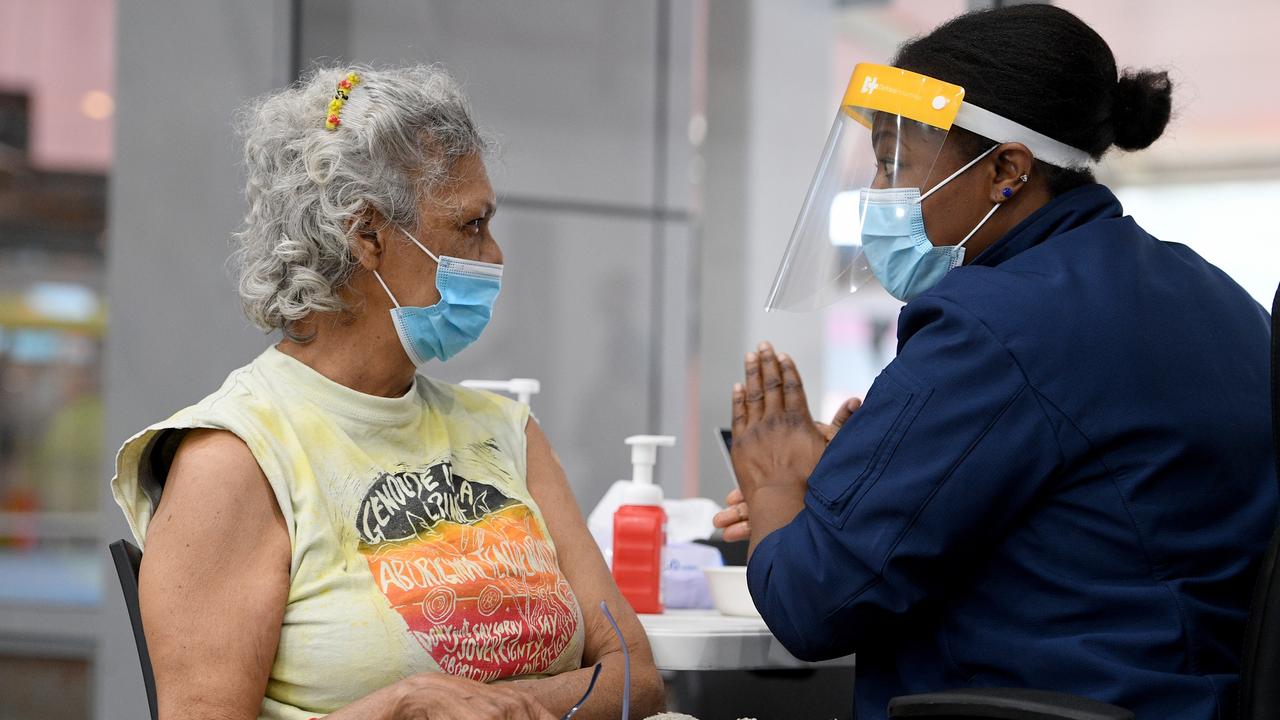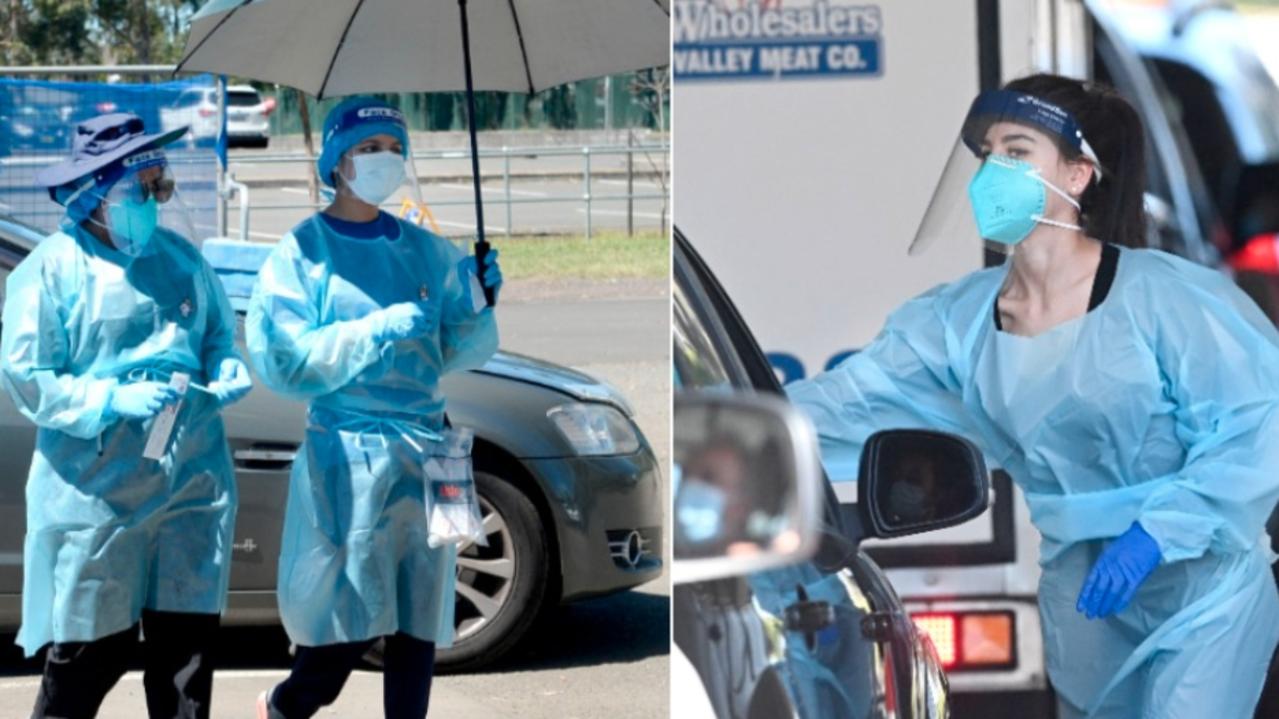Coffee trend bean popular across state
Cappuccino is the state’s most popular coffee according to new data but a northern beaches barista says the flat white is his top seller.
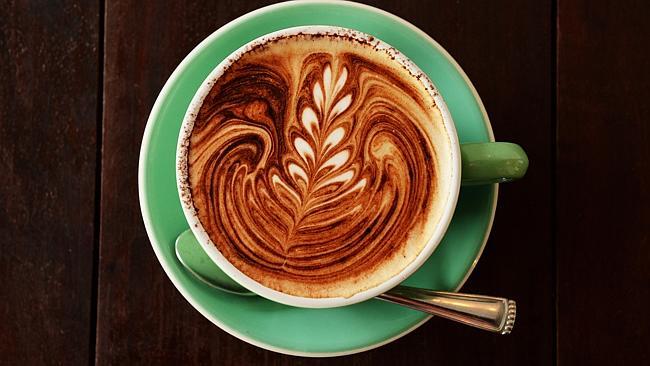
Nth Beaches
Don't miss out on the headlines from Nth Beaches. Followed categories will be added to My News.
Cappuccino is the state’s most popular coffee according to new data from mobile point of sale business Square.
Australian data released in December from the business’s app Register, puts this popular brew ahead of lattes, flat whites and espressos with almost one-third of total sales over a 12-month period.
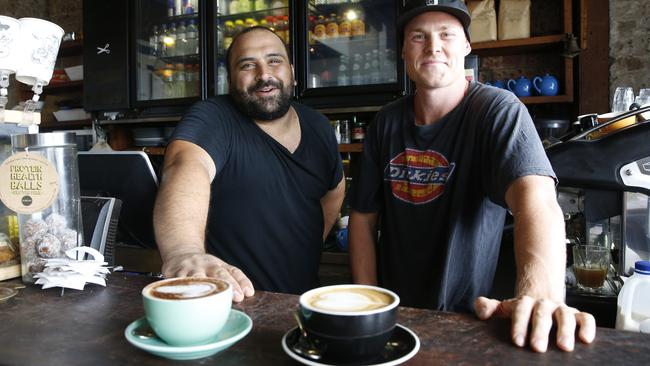
Tasmanians also have a soft spot for white and foamy coffees. Coffee drinkers in Victoria, Queensland, SA and NT prefer lattes and coffee drinkers in the ACT and WA favour flat whites.
While cappuccino maybe the coffee of choice throughout NSW, one northern beaches barista says the flat white is his top seller and he’s seeing a rising trend in orders for short coffees.
Flat whites nudge out cappuccinos at Manly beachfront cafe, Rope & Anchor. Co-owner Andrew Bruzzese says location influences coffee consumption.
“We’re on the beachfront, so it’s more touristy, but our top sellers would be flat white and cappuccino — everyone knows what they are.” he says.
The cafe goes an average of 6-7kg of specially roasted coffee beans daily
Coffee consumption is also becoming more sophisticated, Mr Bruzzese says.
“Shrunken coffees, such as the piccolo and macchiato, are becoming more popular because they are stronger,” he says.
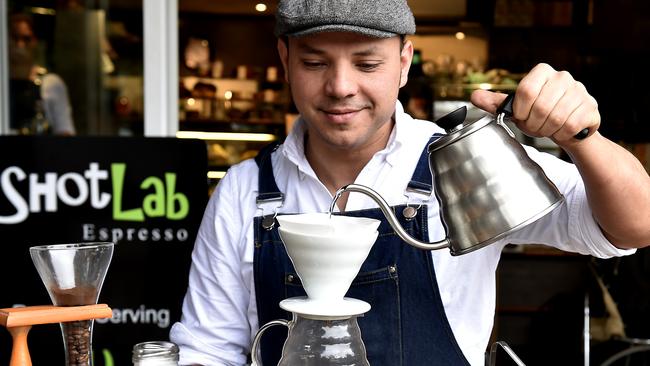
The report also shows Sydney coffee habits kick in earlier than Melbourne. Sydney sales peak at 8am; Melbourne follows 90 minutes later.
Lecio Resmini, from Newport specialty coffee shop Shotlab Espresso, agrees with the trend.
“There’s definitely an early peak, our coffee sales are massive between five and nine,” he says.
Register, Square’s free point of sale app became available in Australia 12 months ago, company spokesman Ben Pfisterer said.
COFFEE POPULARITY
Cappuccino: NSW, 32.6 per cent; Tasmania, 37.4 per cent
Flat white: ACT, 57.1 per cent; WA, 51.1 per cent
Latte: Victoria, 43.5 per cent; NT, 30.5 per cent; Queensland, 32.5 per cent; South Australia, 66.5 per cent
Data supplied by Square
.

